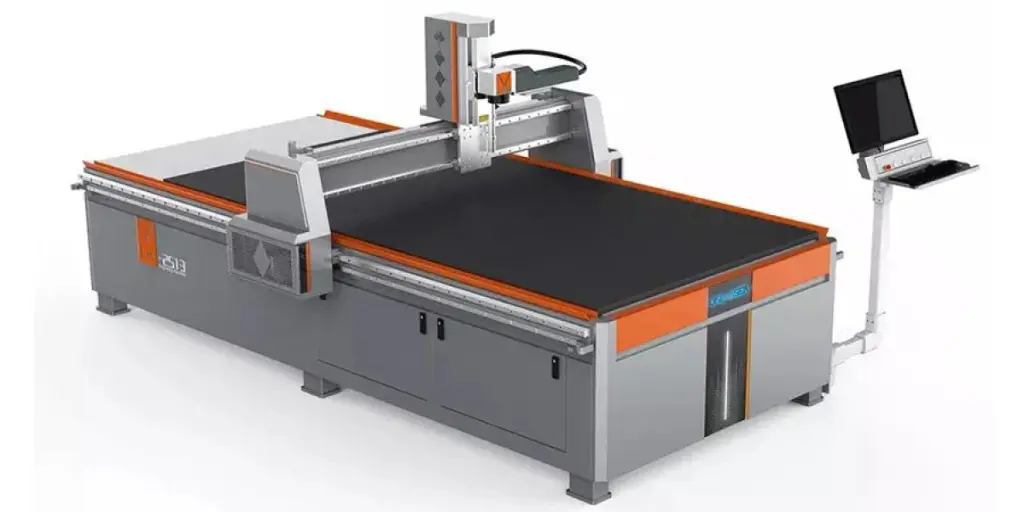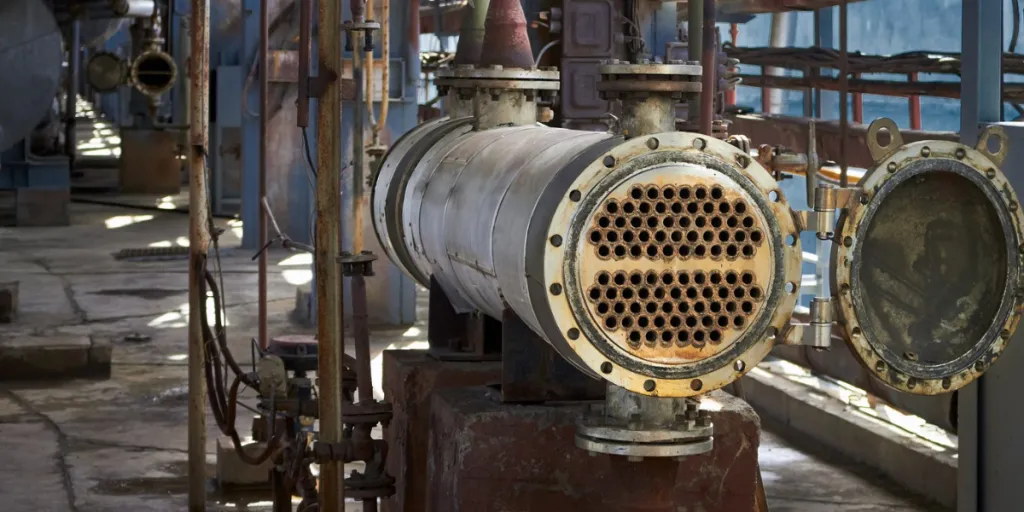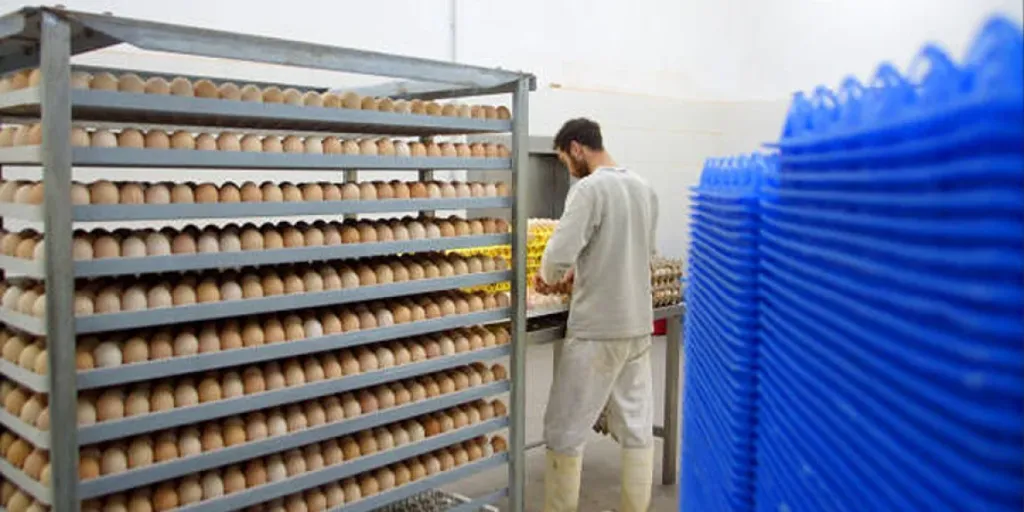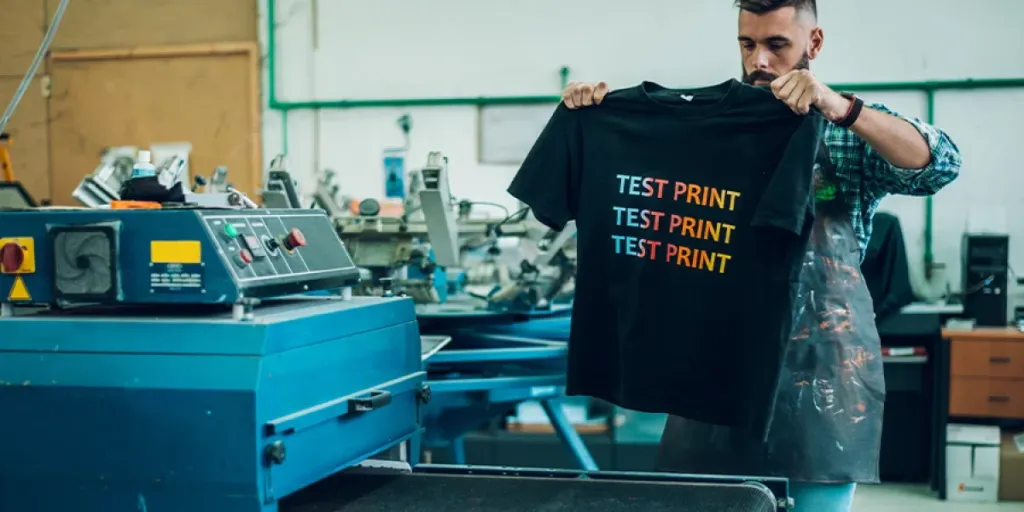Etching machines are also called chemical milling machines. They make patterns on surfaces such as metal and wood, protect surface areas, and remove selective material. Etching machines and engraving machines may appear similar, but they are not. The difference is that etching machines melt the micro surface to create raised marks, while engraving machines remove materials to make deep marks. This guide will show how businesses can select suitable etching machines.
Table of Contents
Etching machines: market share and demand
Target market for etching machines
Factors to consider when choosing an etching machine
Types of etching machines
Final thoughts
Etching machines: market share and demand
The market value for etching equipment in 2021 was US $14 billion. A significant contributor to the size of the etching equipment market is smartphone applications. Etching equipment and sensors are also used in the automotive industry.
Current trends in the etching equipment market include developing machines that allow miniaturization in semiconductor circuits. Miniaturized semiconductor circuits will increase the demand for different conduct etching equipment in the market.
Another trend includes increasing demand for smart devices, which is driving up demand for dielectric etching equipment.
Target market for etching machines
The etching equipment market is expected to grow at a compound annual growth rate (CAGR) of 4.42% to reach US $18.78 billion by 2027.
North America is expected to dominate the etching equipment market because of well-established, technologically advanced companies and increasing electronics manufacturing. The Asia-Pacific region will hold the second-largest market share due to the mass production of electronic products.
China is expected to experience rapid growth. This is because of several factors, including increasing demand for mobile devices, the advanced packaging market in the region, and the increase in new technology companies in the country. In the first six months of 2021, 15,700 new technology companies were established in the country.
Factors to consider when choosing an etching machine
Type of material
Etching can be done in a variety of ways. There is chemical, electrochemical, and laser etching. Laser etching uses laser technologies to leave an imprint on a metal surface. Electrochemical etching uses the principle of electrolysis when etching.
It is only done on conductive metals, thus limiting the type of metal used. Chemical etching, on the other hand, uses acid-base chemicals to etch. It is compatible with copper, aluminum, and steel metals. When acquiring an etching machine, knowing the material used will help the business determine the type of etching machine to acquire.
Power and speed
Etching machines require different amounts of power to undertake etching. The required power is between 60–180 W. Laser etching machines require a minimum of 60W. The speed of etching refers to the distance etched in unit time. It is measured in mm/sec. Businesses are advised to pick machines with a speed of not less than 1200mm/sec.
Color of marking
In most cases, the etching color will be determined by the material used. Common colors that metals produce are gray, white, and dark colors.
Chemical etching will, however, provide a variety of colors. If businesses desire various colors when etching, they should consider using chemical etching.
Cost
Several things will determine the cost of a laser machine: the degree of etching automation, optical components, and casing.
Casing
The casing of an etching machine ensures protection from shock when the machine falls. There are two types of casing — metallic and plastic casing. Metal casings are more durable and consequently more costly than plastic casings.
Degree of automation
There are three significant types of etching machines categorized by degree of automation: tabletop etching machines, semi-automatic, and fully automatic laser machines. Tabletop etching machines are the cheapest, while fully automatic etching machines are the most expensive.
Optical components
Optical components ensure quality markings are produced. High-quality etching machines use high-quality components to ensure accuracy, precision, and better contrasts, and this directly impacts the price.
Types of etching machines
Chemical etching
Chemical etching machines use pure chemicals to etch. The machines utilize pressure and heated chemicals to make impressions on metals.
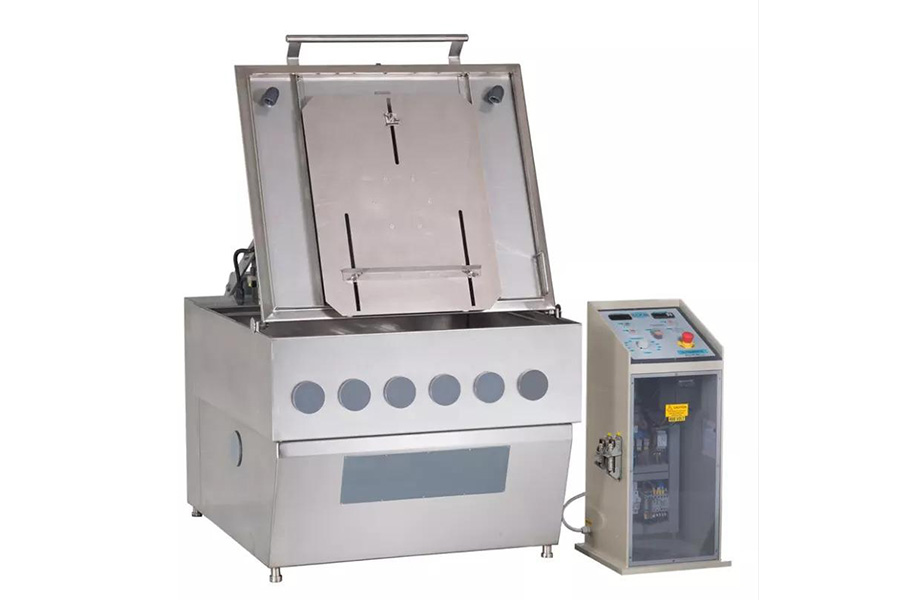
Features:
- The machines are an aggregate of a laminator, photoresist, etching machine, and stripping machine
- They use a chemical spray to remove parts of the metal surface
- Use corrosive reactions, high pressure, and heated chemicals
- They have a speed range of 14–140 inches/minute and use power ranging between 380V–440V
Pros:
- Can operate without human intervention, except when draining is required
- Etched plates have a better design compared to engraved plates
Cons:
- They are designed only to drain water condensate
- Suitable only for metal and glass
Electrochemical etching
Electrochemical etching machines are etching machines that use electrolysis when etching on metal surfaces.

Features:
- They have an electrolyte, stencil, software, and marking head
- The material to be etched is placed on the anode and cathode
- The design to be etched is dipped in the electrolyte solution and placed on the substrate solution
- They consume 7.5kW/380V/50Hz of power
Pros:
- Results in very clean and bright lines
- They are highly controllable and, therefore, consistent
- They produce a uniform porous structure on bare metal
Cons:
- Precaution must be taken when dealing with chemicals
- Isolated lines will be harder than lines that are close together
- There is the risk of some form of short-circuiting when etching
Laser etching
Laser etching machines are etching machines that use laser beams to engrave on metal surfaces.
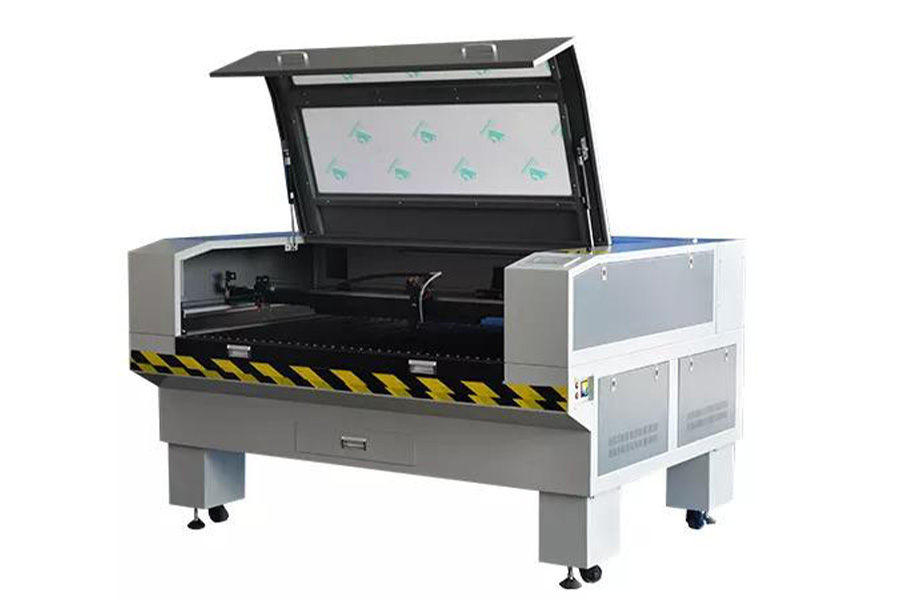
Features:
- Uses a pulsed beam that releases sudden bursts of energy at intervals
- Some of the laser energy released is absorbed, while some is converted to heat, making the metal malleable as it melts and expands
- They have a power of 20–50W and a marking speed of 6000mm/s
Pros:
- Suitable for intricate designs
- They are precise
- Applicable in a wide variety of industries
- Users can optimize their overall workflow
Cons:
- They are limited to moving on a 2-dimensional plane
- They are expensive
Final thoughts
Etching machines are popular in marking components for easy traceability. That is why investing in a good etching machine is essential for businesses.
This guide has outlined the important factors to consider when businesses acquire etching machines. Visit Alibaba.com for a list of available etching machines.
